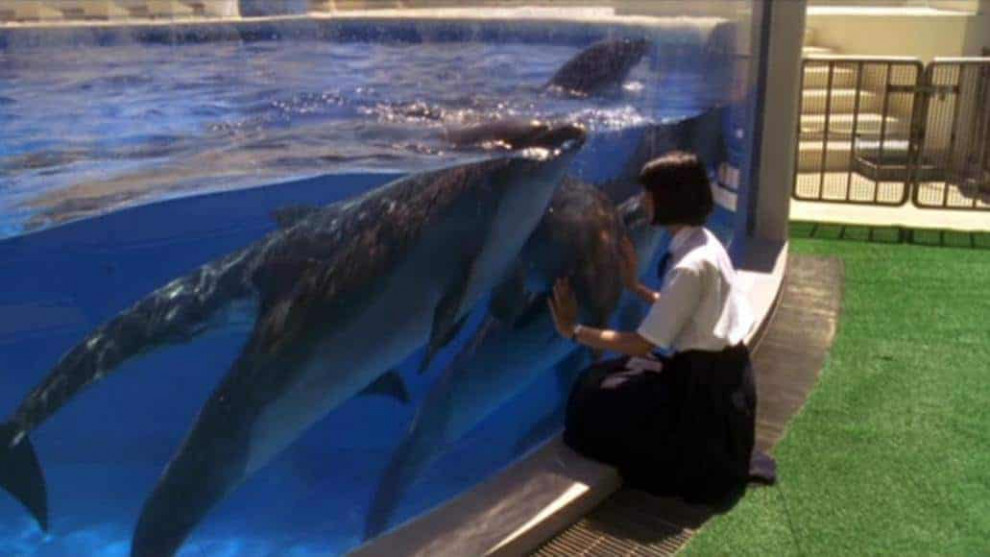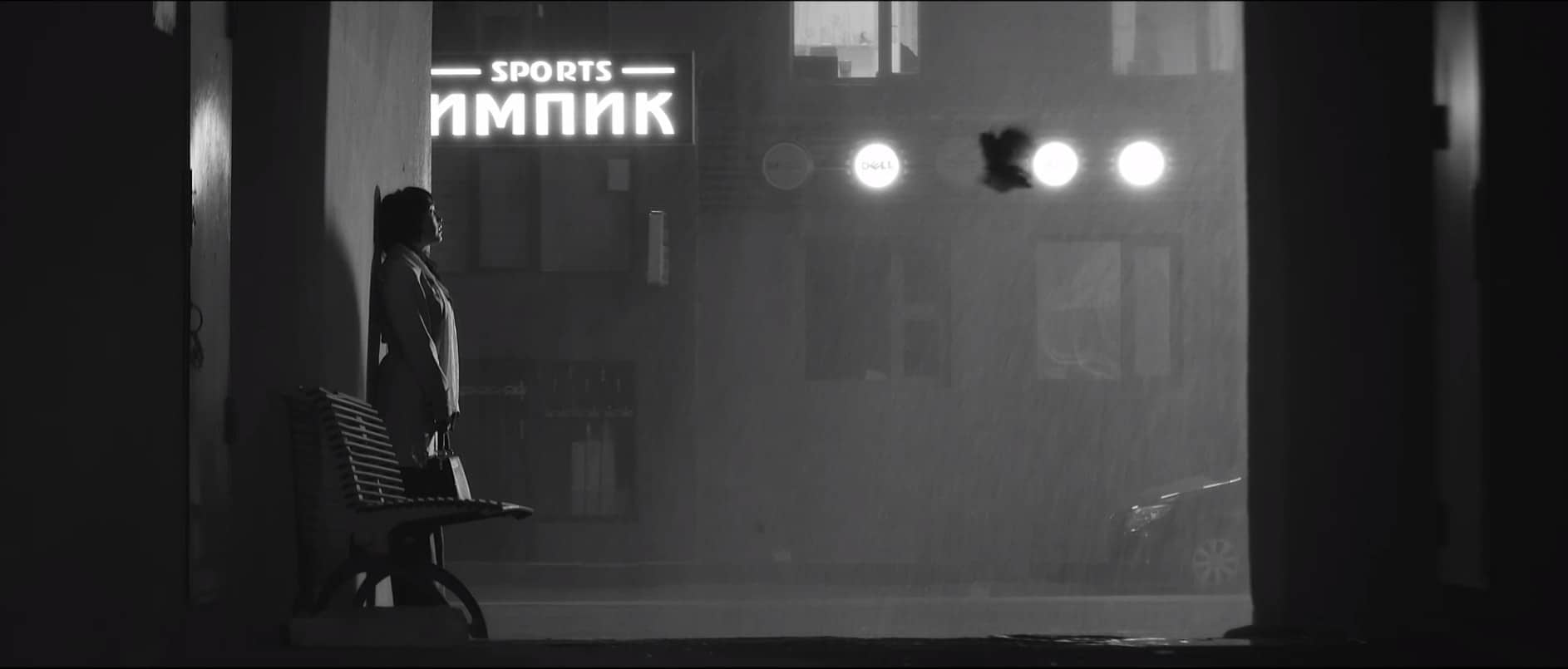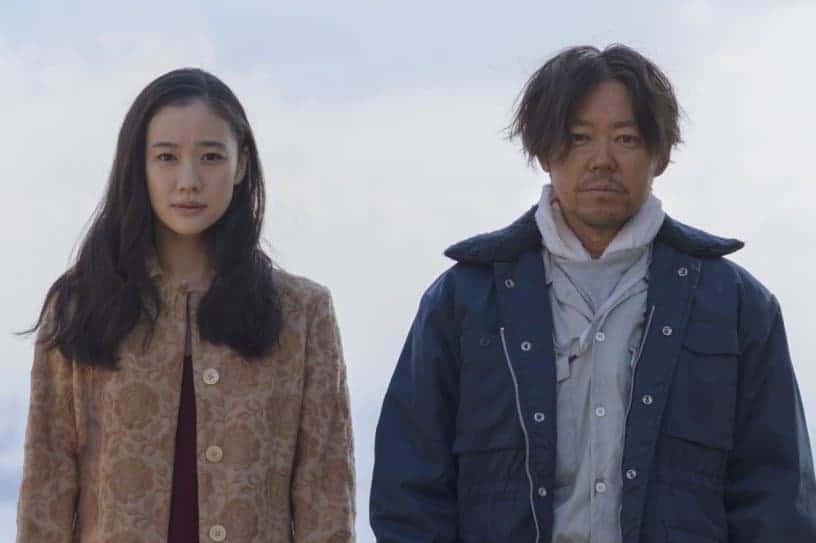By Robert Edwards
Gakuryu Ishii, once known as Sogo Ishii, is a prolific punk filmmaker, and radical auteur for his outsider narratives and fiercely original techniques. Pioneering the formal language that would become a staple of the Japanese cyberpunk genre while still in college, put Ishii into a league of his own. His sense of kinetic camerawork and fast editing created a style that would dominate the indie scene during the ‘80s, but this style was not his only contribution to cinema. As his career developed into the ‘90s, he moved away from the aggressive masculine punk narratives that formulated his early identity as an auteur and began creating female centred stories that felt more mature in execution. “August in the Water” is one of those films.
Buy This Title

The story revolves around a young girl named Isuku, played by Rena Komine, who moves to a new school. Her story unfolds through the eyes of two young male students, played by Masaaki Takarai and Shinsuke Aoki, as they both become infatuated by her. Isuku is a high dive champion and invests much of her free time into training, but strange things have begun happening in town since two meteorites landed in the nearby forest.
A long and almost never-ending draught begins to put Isuku's diving tournaments at threat, but when one unexpectedly goes forward, her life gets flipped upside down, as she encounters a near-death experience. Isuku manages to survive but her life is changed forever, as it seems she has developed powers beyond her physical limitations. From there, the story spirals into a supernatural tale that feels otherworldly and strangely alien.

The film feels like a stark contrast to the early works of Ishii's career. A calmer narrative focused on fantasy elements as apposed to the punk inhabitants and sensibilities of “Crazy Thunder Road”. Hence, it is easy to feel a loss of Ishii's presence upon an initial reading; however, he is more than present, and arguably, this might be the definitive example of what he is capable of.
In terms of form, the direction is calmer, with splashes of experimentation being used sparingly. The camera (Norimichi Kasamatsu) and editing (Hiroshi Matsuo) is relaxed and no longer the frantic kinetic beast that devoured his early films. For movies like “Burst City”, his aggressive direction was a necessary device, but for “August in the Water”, Ishii shows a calmer style that ultimately expands his repertoire of skills to a level of artistry beyond his punk rebel beginnings.
The cinematography by Norimichi Kasamatsu implements the dream-like state of the film perfectly, as Ishii uses interludes of surrealist montage to capture the overarching sense that otherworldly powers are at work. The film is the true visual representation of an atmosphere and a feeling that is hard to sum up. It is a unique tone unlike anything else. Story is not the focus here; instead, Ishii captures a mood and tone that Komine portrays excellently in her alienated performance.
Overall, “August in the Water” is a haunting journey into the supernatural. What could be a spectacle-driven blockbuster is a slow character study that delves into a tone and mood unlike any other film. It is unique and abstract with a lingering sense of openness that leaves room for interpretation and discussion. The movie is formally radical, narratively unique, and beautifully atmospheric. A one-of-a-kind experience.















